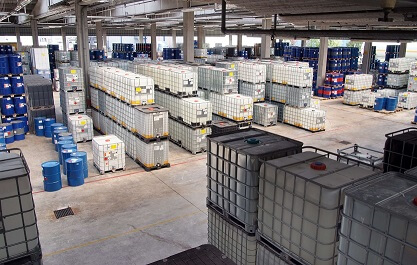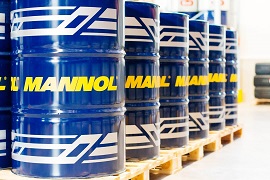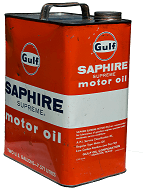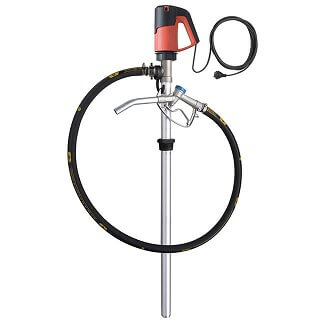Barrel Pump Guide
Containers are used as a means to deliver bulk fluids to customers in a safe and efficient manner. Once a container is delivered it may need to be emptied for part of a process which is when a pump may be required. But what factors should be considered during Barrel Pump Selection?
Pumps can be utilised in a manner of different ways to empty containers safely and efficiently. This guide talks about how a container should be emptied.
Some of the most common and dangerous ways we have seen over the years to empty containers include
Tipping
Pumping compressed air into one side of container to force fluid out of the other.
Sucking a hose to use gravity to remove liquid
Depending on the liquid being pumped it can be handled in a number of different ways. This also depends on the cost of the fluid as more expensive chemicals require emptying entirely to ensure there is zero wastage of expensive liquids.
The depending factors of which pump to use include:
Size of container
Containers range from small totes of 25L, to 205L Drums, Intermediate Bulk Container (IBC) and bespoke tanks.Depending on the size of the container depends on the pump which will be used. Also depending on the tanks contents will affect what method is used to extract its contents. Some Drums are tapered, others are parallel with some having their own bespoke internal and external dimensions which would be vitally important for any follower plates to work correctly.
Cost of liquid
Barrel pumps typically do not extract the complete contents from a container sometimes leaving as much as 5% of the contents at the bottom of a container. If the fluid is expensive such waste can amount to tens of thousands of lost product per year and large savings can be made by extracting the complete containers contents. Special types of pumps are designed to extract its contents, and one specifically designed for this purpose is our 99.98% Barrel Emptying Kit.
3. Type of fluid
Fluids can vary in viscosity from water like concentration to pastes and sludges which will be accommodated through different designs. Some liquids which have solids in suspension will need to be handled using progressing cavity type of designs and others will need to utilise centrifugal type designs.
The consistency of the liquid also needs to be taken into account such as whether it is thixotropic, or rheotropic or shear sensitive to ensure its texture is not changed when pumping, but also when it is being pumped the motor is sized to handle any excess pressure caused during shear thickening.
Some fluids need to be mixed prior to pumping as they contain particles or fillers which seperate when the fluid is left standing. This was responsible for the development of the F426 Mixing and Pump Pump to be developed. Our Guide explains the importance of viscosity and fluid characteristics.
4.Seal less or Mechanical seal
Some liquids may crystallise when in contact with air and so mechanically sealed pumps are required to ensure air does not come into contact with the fluid. Also some chemicals such as solvents evaporate and to ensure they are not lost to atmosphere the unit should be sealed. Seal less pumps are advantageous with liquids which are aggressive and where exact concentrations of chemicals are unknown making seal selection difficult.
5. Hygiene Standards & Cleanability
Depending on the nature of your process a stainless steel pump may be an option or a full third party accredited hygienic pump may be required which has been certified by an outside body such as 3A, FDA or EHEDG as compliant with food hygiene standards. Often a condition of product liability insurance for food manufacturers states that all equipment in contact with food is third party accredited or at the very least FDA approved.
Such pumps are designed in a way to be fully santisable by the elimination of dead zones - areas in which fluid may stagnate encouraging the growth of bacteria through design, high levels of polishing preventing the sticking of food to equipment parts and that any elastomers used are compatible with the liquid being pumped, safe and fully traceable.
Within the UK and Europe, regulation EC1935/2004 declares that materials and contact parts of pumps used for the transferring of food must be inert and not affect the taste or composition of food, as well as remain fully traceable. Within the USA, FDA (Food & Drink Administration) regulations apply to ensure equipment is complaint with FDA CFR 21.
Hygienic pumps are not only used with foods, but they can also be used in industrial applications involving the transfer of fluids which are sticky or harden when stood such as glues, adhesives or petfood improving cleanability. When solvent based glues are pumped, they must be cleaned using acetone and having a pump designed for quick disassembly ensures the unit can be fully cleaned in minimal time.
6. Versatility
There may be several IBC’s on site which require emptying with equipment needing to be moved across several containers, or different size tanks with varying lengths of suction hose which require emptying. It is possible to have several pumps immersed into tanks with one motor to transfer between equipment or to have a mobile unit. There are many variations to choose from to ensure our selection matches your process.
7. Power
Pumps can be driven via a multitude of options include hand operated, engine, differing voltages such as 110V/230V or 3 phase, or via air. Whether the unit is installed in a safe area – away from flammable liquids or vapours, or within an ATEX zone can also heavily influence the pump and motor type and whether a fully ATEX Pump kit is required. Such pumps are designed in a way to ensure all parts are conductive, that equipment is always earthed preventing the build up of static charges, that vapours or liquids are not ignited by the motor itself through sparking or the temperatures it reaches and that should an explosion occur within the pump or motor it is fully contained. Let us know your preferred option and we can accomodate this for you.
8. Batching
Pumping units can be configured to incorporate a flowmeter hose and batching function enabling preset batches to be transferred at the touch of a button. Units can be configured for users and managers with varying levels of access. With an accuracy of 99% units can eliminate time consuming weighing and measuring of liquids.
If you require a pump to empty a container, we will help work through a selection ensuring it is correct for your needs. Contact Us with your requirements, so can can specify a solution for you.
FAQS
For more viscous fluids such as Tomato Puree, Caramel, Vaseline, Solid laden fluids, or those which do not flow there are solutions available - speak to us to see how we can help.
It may be that more than one material is suitable for your fluid and selection could be based on the application type. For instance; PP, PVDF, Stainless steel and aluminium are all suitable for water.
If it is a simple transfer application, then the most cost-effective material will be best. However, if it involves another variable to consider such as high temperature, then an alternative material may be a better selection.
For instance, if mains power or an air compressor are not available on site, then a battery motor is the obvious choice. The power of the motor will be down to the application details, such as viscosity and flow rate required. An Atex motor will be required if the fluid is flammable or if the pump will be installed in a hazardous area.
Impellers, seals and pump tubes can be impregnated with carbon to ensure conductivity and prevent the buildup of static or sudden discharge causing ignition. Each pump is given an ATEX rating to match or exceed the ATEX rating of the zone it is intended for.








